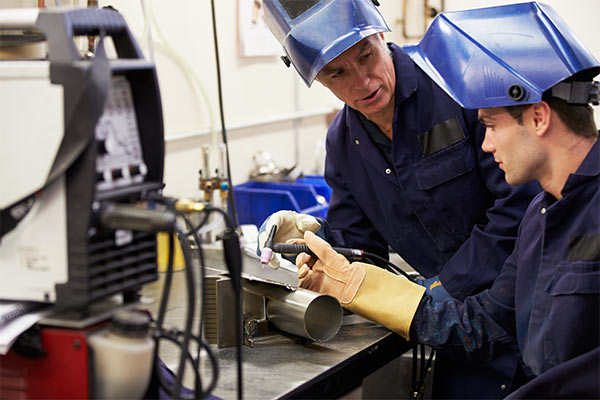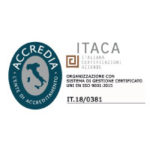NON-DESTRUCTIVE CONTROLS OF WELDS
Non-destructive controls of welds don’t damage nor modify the structures subject to verification. They have a very important function in modern industry, because they allow to qualify a soldering process in a specified field of validity or in accordance with predetermined criteria. The requirements for controls of welds is referred to in various regulations, among which the UNI EN 12062, General rules for the application of non-destructive testing of welds. This regulation recommends the methods to be applied based on the material, on the thickness of the metal and the type of joint. The types of tests carried out and the extent of any defects detected are regulated by UNI EN ISO 5817 “Quality levels of imperfection in welded joints”, and in 3834 “Quality requirements for welding”.


When the weld has implications on social and economic life of individuals, it is subject to rules that serve to ensure security. The bigger the impact that the structure can have on a social level, stricter are the controls to be made, both in the production phase that in the installation phase, with reference to EN 1090-2.
The Technical Standards for Construction 2018, provide that controls on welded joints are carried out by adequately trained and certified personnel according to UNI EN ISO 9712. The purpose is to identify any defects that could compromise the safe use of individual pieces, to guarantee the reliability of the finished product.
In this regard Tecnomec Srl has in its staff technicians who are specialized for these verifications which are specifically divided in:
Visual Inspection
Inspection with penetrating liquids
Magnetic particle inspection
Ultrasonic Method
Radiographs “only plate reading”
